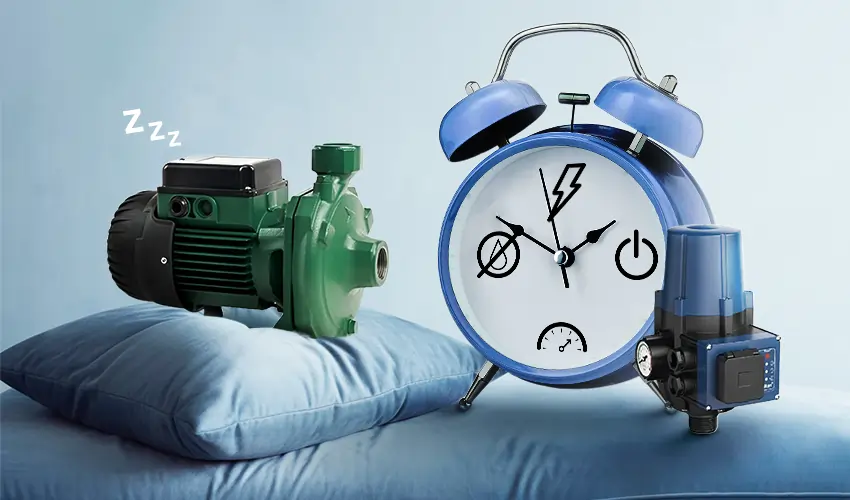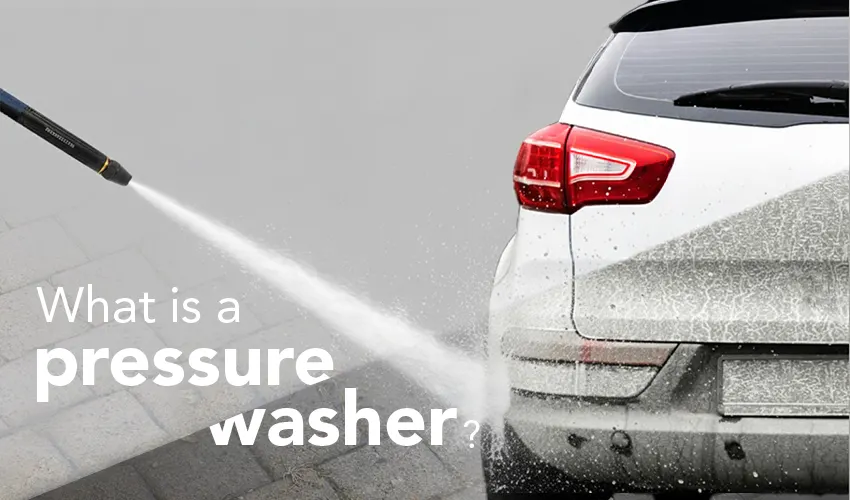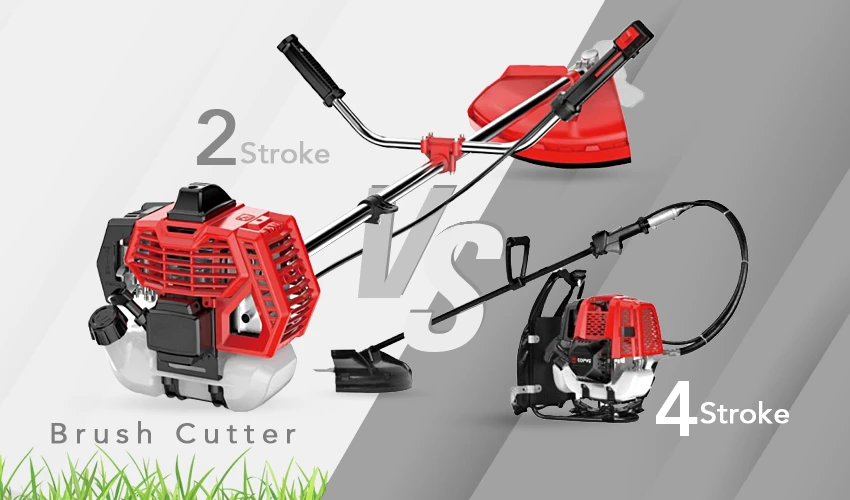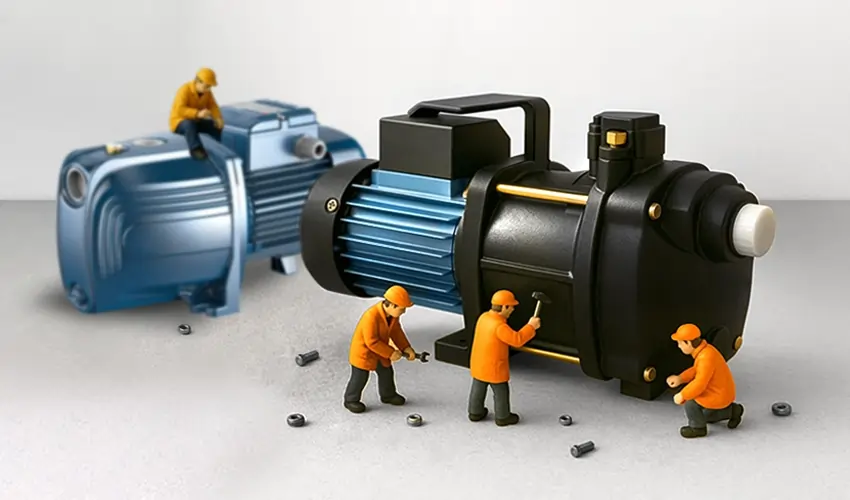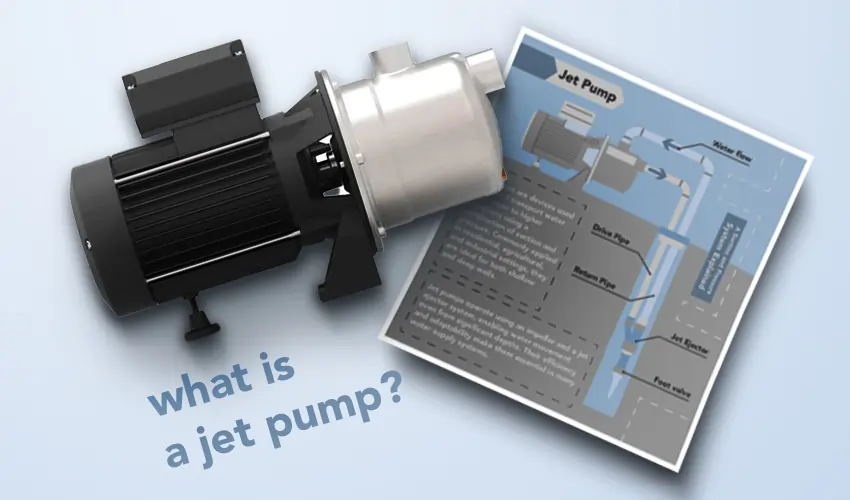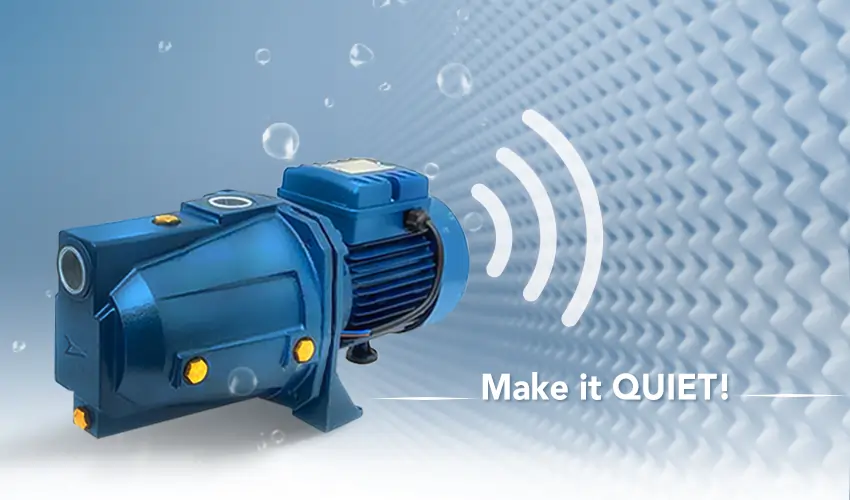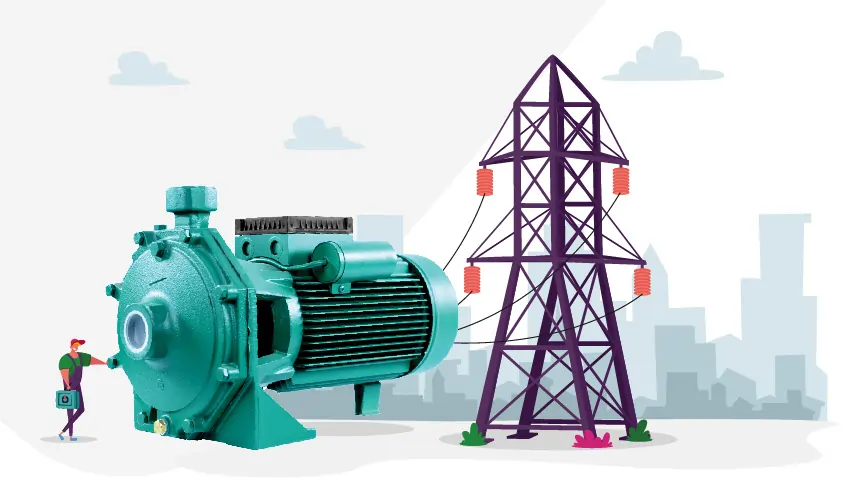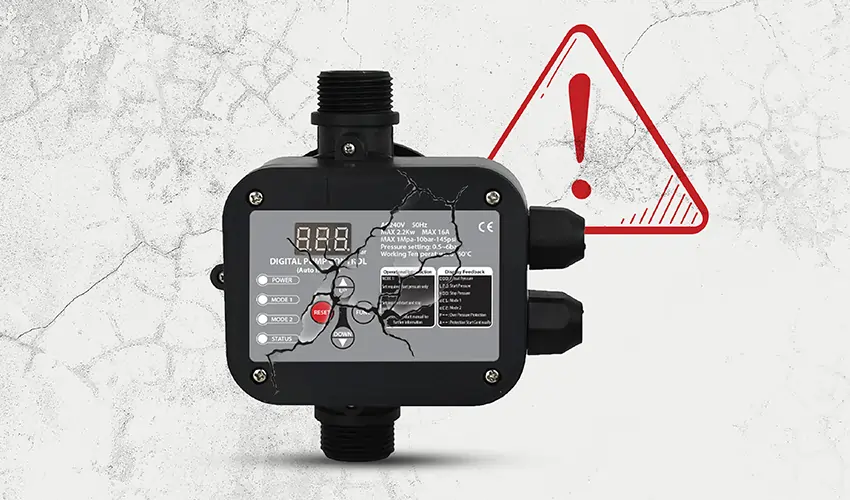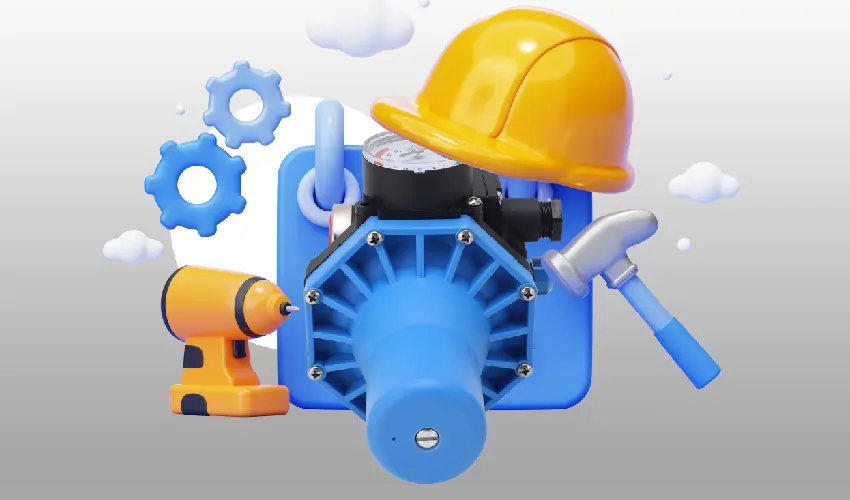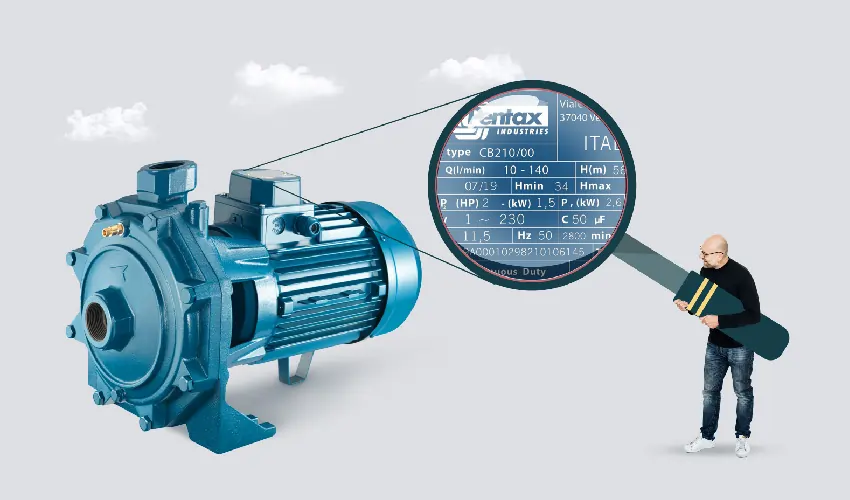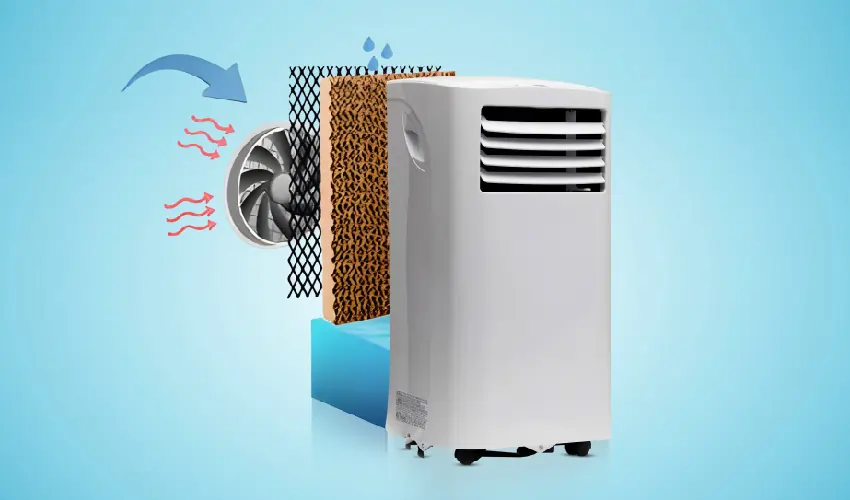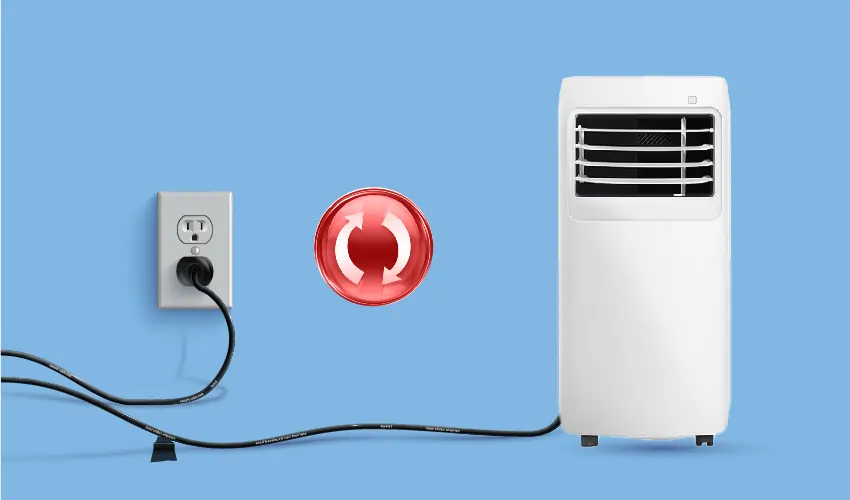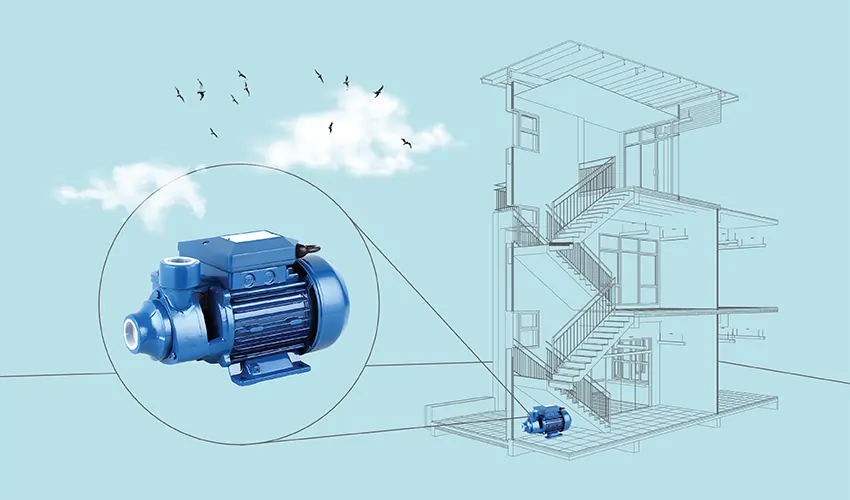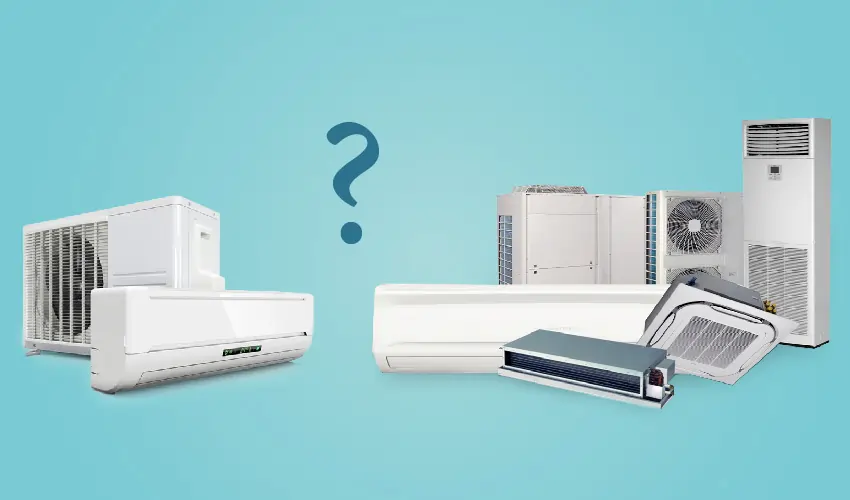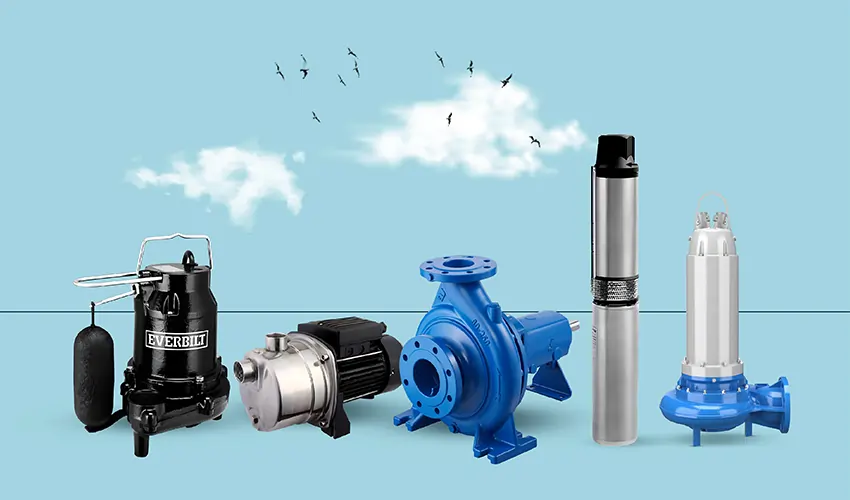How Does an Automatic Pump Control Work?
Automatic pump controllers are an innovative technology designed to manage the operation of pumps without the need for manual intervention. These devices are crucial in various applications, including irrigation systems, water supply for residential and commercial buildings, and industrial processes. Understanding how automatic pump control works, along with its functions and parts, can help users appreciate the efficiency and reliability it brings to water management systems.
Automatic pump control works by monitoring the pressure and flow within a water system and adjusting the pump operation accordingly to maintain the desired conditions. The system uses sensors to detect changes in water demand, such as when a tap is opened or closed, and responds by starting or stopping the pump to match the demand. This operation ensures a consistent water supply at the required pressure and flow rate, eliminating the need for manual switching and reducing the risk of water hammer and pump damage.
Automatic Pump Control Function
The primary function of an automatic pump controller is to automate the operation of water pumps, ensuring a consistent and reliable water supply. This automation is achieved through several key operations:
- Monitoring and Adjustment
Automatic pump controllers continuously monitor the pressure and flow within the system. They adjust the pump’s operation to maintain the desired levels, providing a stable water supply without the need for constant human oversight.
- Protection
These controllers also protect the pump from potential damage caused by dry running, water hammer, and overpressure. By automatically shutting off the pump when no water is detected or when the pressure exceeds safe limits, the controller prevents mechanical wear and extends the pump’s lifespan.
- Efficiency
By optimizing pump operation, automatic pump controllers reduce energy consumption. The pump operates only when necessary, minimizing unnecessary power usage and contributing to energy efficiency.
Automatic Pump Control Parts
An automatic pump controller consists of several key components, each playing a vital role in its operation:
- Sensors
Sensors are crucial for the automatic pump controller’s operation. They detect changes in pressure and flow, providing the data needed for the controller to make decisions. These sensors ensure the system reacts promptly to varying water demands.
- Control Unit
The control unit is the brain of the automatic pump controller. It processes signals from the sensors and makes decisions based on pre-set parameters. The control unit controls the start and stop functions of the pump, ensuring its operation aligns with the system’s needs.
- Pressure Switch
The pressure switch is a key component that monitors the system’s pressure. It works in tandem with the control unit to start or stop the pump based on the detected pressure levels, ensuring the system maintains the desired pressure.
- Electronic Circuitry
The electronic circuitry connects the sensors, control unit, and pressure switch, facilitating communication between these parts. It ensures the seamless operation of the controller, integrating the various components into a cohesive system.
Conclusions
The automatic pump controller is a sophisticated device that plays a crucial role in water management systems. By understanding how automatic pump control works, its functions, and its parts, users can appreciate the benefits it offers, including operational efficiency, protection against damage, and energy savings. The seamless integration of sensors, control units, pressure switches, and electronic circuitry ensures that water supply systems operate smoothly, responding automatically to changing demands without the need for manual intervention.
FAQs
1. How does an automatic pump controller detect changes in water demand? An Automatic pump control operation uses sensors to monitor the pressure and flow within the water system. These sensors detect any changes in water demand, such as when a tap is opened or closed, and the controller adjusts the pump’s operation to match the demand, ensuring a consistent supply of water at the required pressure and flow rate.
2. What protections does an automatic pump controller provide for the pump? The controller protects the pump from damage caused by dry running, water hammer, and overpressure. It automatically shuts off the pump when no water is detected or when the pressure exceeds safe limits, preventing mechanical wear and extending the pump’s lifespan.
3. How does an automatic pump controller contribute to energy efficiency? By optimizing pump operation, the controller ensures that the pump operates only when necessary. This minimizes unnecessary power usage, thereby reducing energy consumption and contributing to overall energy efficiency.

